Historical Disaster 9/11/1541
There were no video cameras, no CNN, Fox Alerts or network news.
But one resident eyewitness, Juan Rodríguez, wrote down what he saw and heard.
Hurricane Katrina, said to be the worst natural disaster ever to hit the U.S., blasted the coasts of Louisiana, Mississippi and Alabama in Aug. 2005. The powerful waters of Hurricane Mitch raced through Guatemala, El Salvador, Honduras and Nicaragua in Oct. 1998, when the New York Times reported: “No other hurricane in modern history has wreaked so much havoc and death in this region.”
Sept. 11, 2001, another date that will live in infamy, not to mark a natural disaster, but for the attack that brought down the Twin Towers In New York City. The date looms darkly in the history of Guatemala as well. On Sept. 11, 1541 terror ripped through Santiago (previously Almolonga and now Ciudad Vieja), site of the second capital of the Kingdom of Guatemala. It began about 2 a.m., and before dawn broke the town had been tragically destroyed, leaving survivors traumatized.
There were no video cameras, no CNN, Fox Alerts or network news. But one resident eyewitness, Juan Rodríguez, wrote down what he saw and heard. It had rained and rained for several days, as is not unusual in September. The storm subsided somewhat on Thursday and Friday, but very suddenly early on Saturday its fury exploded, dumping torrents of water that brought along dirt, stones and trees, “…so that all of us who saw it were astonished,” wrote Rodríguez.
The city sat at the foot of the Volcano Agua. The theory that the disaster was the result of an eruption, spewing water from the crater, has been refuted by scientists. More likely, the already saturated slopes of the volcano yielded to the downpour, with or without the help of an earth tremor, causing massive mudslides that tour out everything in their paths to fill the currents of rushing waters.
According to Rodríguez: “The dirt and mud, the stone and sand ran with much force, as abundant rivers. The stones were carried like corks over the water, as by 10 bullocks.”
Doña Beatriz de la Cueva, recent widow of the governor, Don Pedro de Alvarado, and self-proclaimed governess of the province for barely 40 hours, was startled from her sleep by the noise and turmoil. The water had reached her room, and she ordered her 11 maids to go to the chapel. Wrapping herself in a bedspread, she dashed after them and climbed up onto the alter, embracing her daughter and an image. No sooner had she done so than a crash of water brought down a wall and everything under it, leaving the lifeless body of Doña Beatriz to be found, as Rodríguez put it, “…buried as it suited her, next to the alter.”
Some Alvarado family members escaped, having been in other lodgings. The storm swept them away, along “…with the garden walls, with the stream of water took, as it was very strong, carrying them more than four lengths of crossbow shots out of the city.” So it was that Doña Leonor, another daughter of the governor, up to her neck in water and clutching a log, hailed a young boy, who hauled her out and carried her on his back to safety. “The storm had flooded the whole city but did not bring such fury to the country,” wrote Rodríguez.
The account does not say how many died in Santiago on 9/11 of 1541 but records, “although it seems impossible, the dead of the Indians were more than 600.” In just one Spanish noble’s household 100 persons died. Many were never found. Many who survived the storm had broken arms and legs; many died later.
Miraculously, a six-week-old baby and a five-year-old boy were found alive, after being left by the water in the corridor of a house, where they stayed until morning. “No sooner had the boy raised himself and the baby by a rope to the house of Juan Chávez, than the house where they had been fell.”
“All the houses, or most of them, were fallen and flooded, full of sand and silt. Some were carried away a great distance…Many houses were left without heirs; fathers, sons and wives died, leaving no known person…The streets were impassable, the mud almost reaching the highest windows. It was very frightening, with so much darkness and wind and water that people were not able to help each other. Each one that escaped thought that he alone had escaped, and everything had sunk, until they saw the day.”
It had taken the Spanish 14 years to build the town, “and the excellent administrative organization functioned to perfection,” writes Luis Morales Chúa in Antigua, in the Ediciones de: Cultura Hispanica (1991). But after the night of horror, according to Rodríguez, “The city was left so destroyed and battered, the people so terrified that they wanted to leave it, with everything lost. They believed that with the first tremor the remaining houses would sink. Not wishing to wait for another wrath from the hand of God, they wanted to leave everything.”
In the opinion of Rodríguez, Bishop Marroquín feared that it would not be good for the Indians to see the Spanish mourning and disconsolate day after day. “Therefore, he ordered to put an end to the weeping and begin to thank God.” They would “make a very large farm in the country where we all live together until we build a new town, for it was not many who remained.”
By December a new site for the capital was determined, in the Valley of Panchoy. It would also be named Santiago (now La Antigua) Guatemala. Cords were stretched to mark lots for the residences, and building began the following year, 1542.
Rodríguez had his account printed as a Relation, and it was added to other written records of significant events of interest to the Spanish in the 16th, 17th and 18th centuries in the days before newspapers. Writer Carlos Alfredo Chamier discovered it in the 1950s in the Newspaper Library in Mexico City and said it ‘meets all the characteristics essential’ to journalism. According to Chamier, Rodríguez ‘obtained the opinions of various survivors of the disaster. He not only used their names but identified them by their trades and nicknames.” Chamier commended Rodríguez for his objectivity and definitive detail but also acknowledged that he reflected some of the superstition of the medieval mind that surrounded the strange phenomenon.
Chamier published Rodríguez’s Relation along with his critique in the form of a pamphlet in 1960. In 1619 Padre Fray Antonio de Remesal apparently also regarded the account as reliable and used it as a source of his Historia de la Provincia de San Vicente de Chiapas y Guatemala.
Chamier called Rodríguez a reporter and defended his work as the birth of journalism in the Americas. Today the Association of Journalists in Guatemala presents the annual Juan Rodríguez Award for the best reporting.
REVUE magazine article by Joy Houston
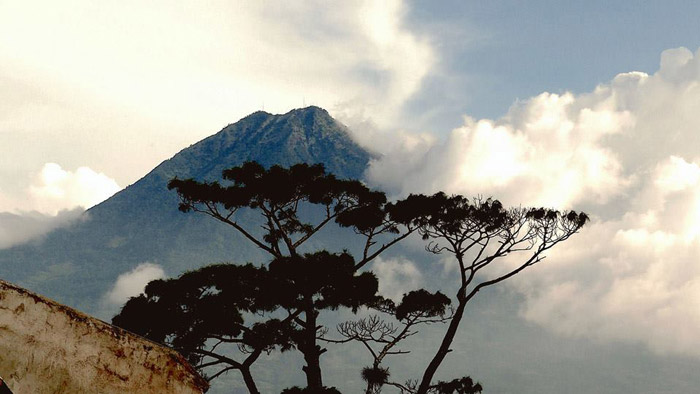
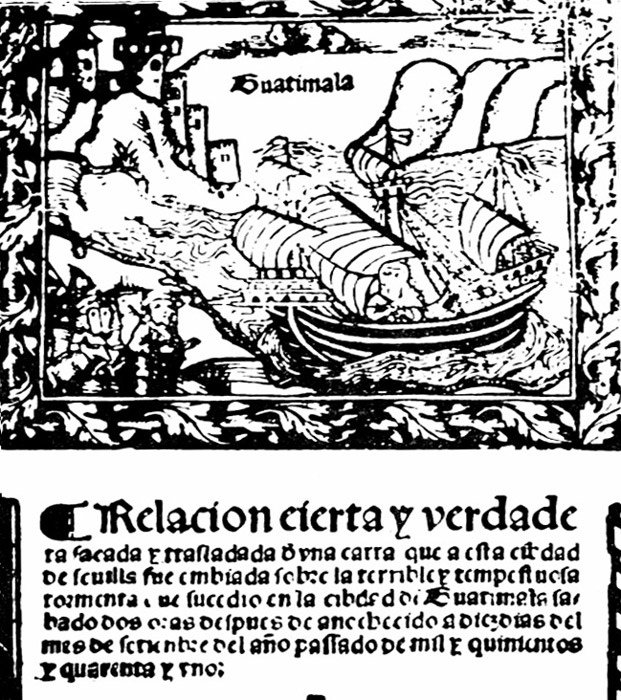
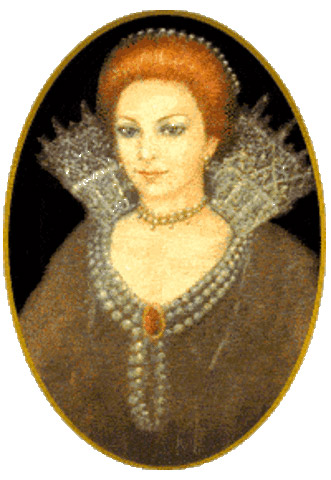
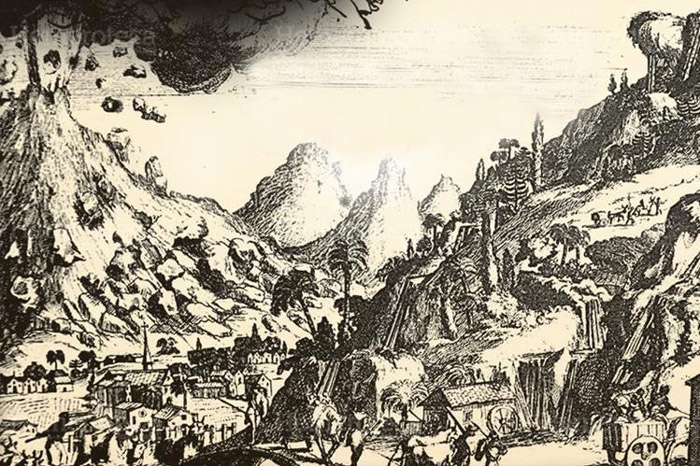
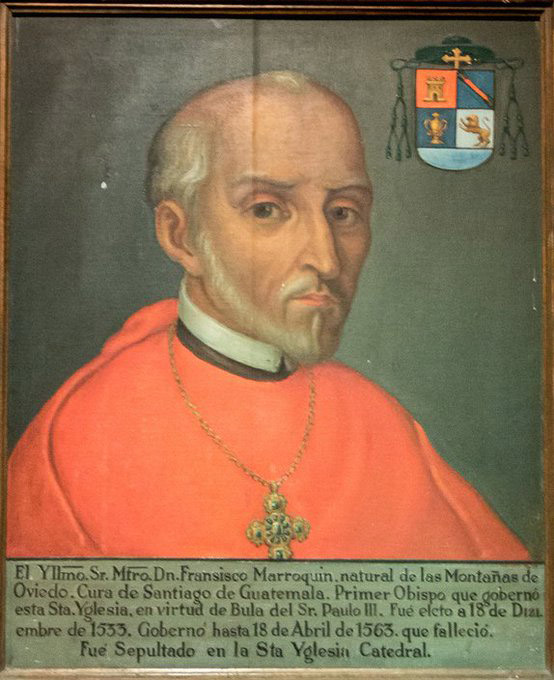
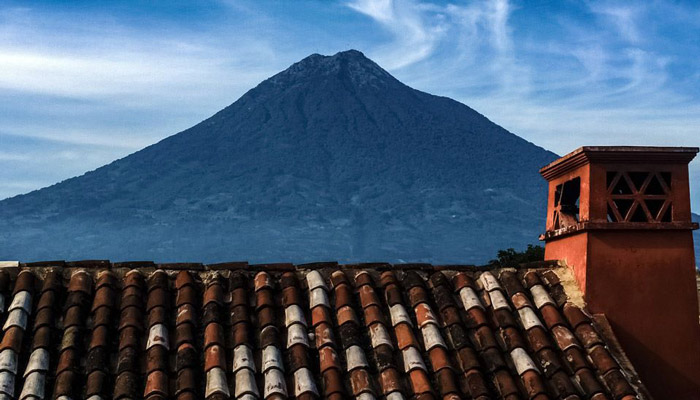
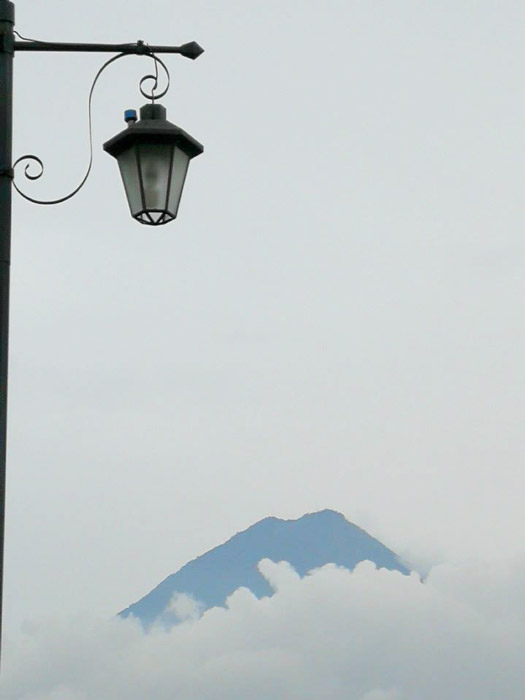
This is a fascinating piece. :I hope you will consider doing more like this.
BEST WISHES,